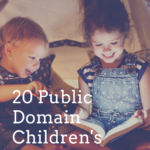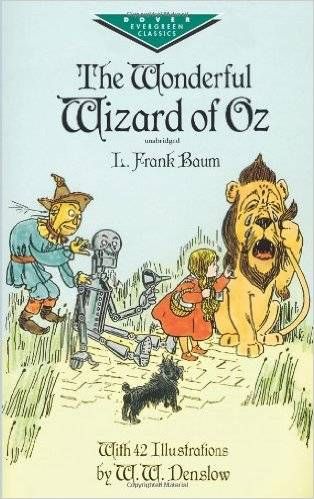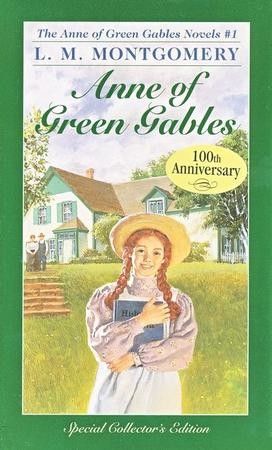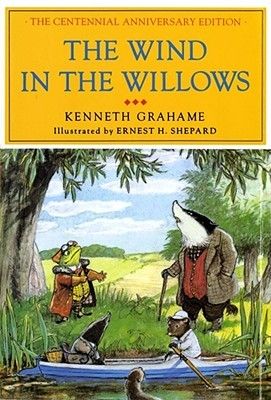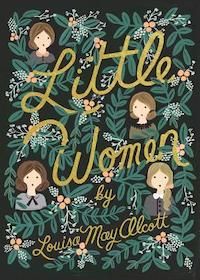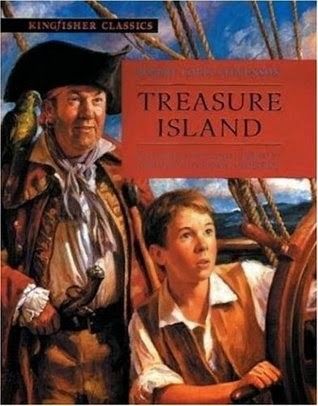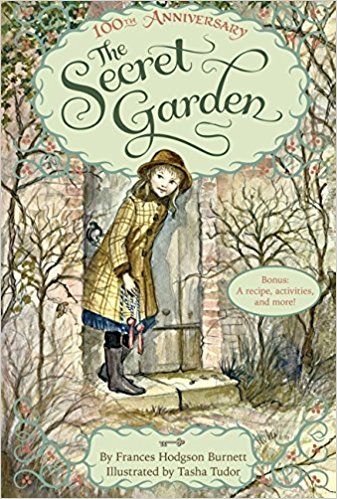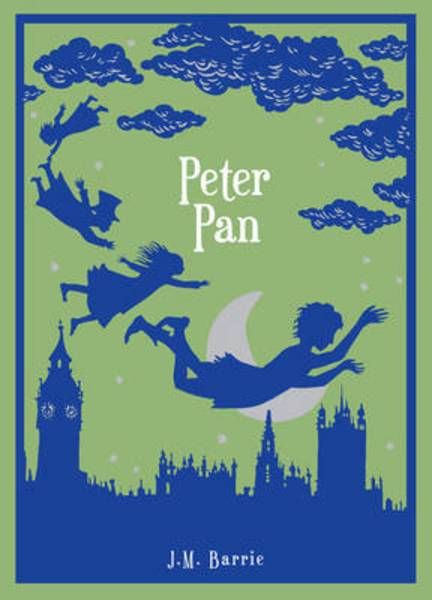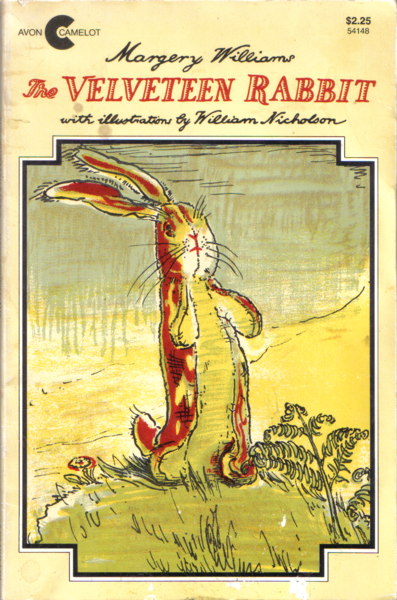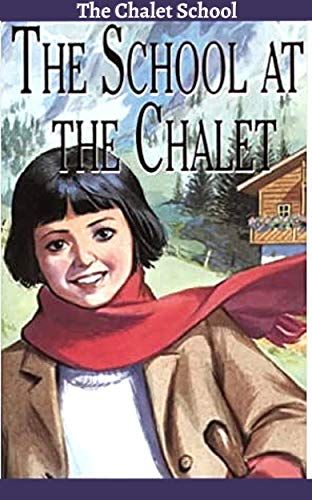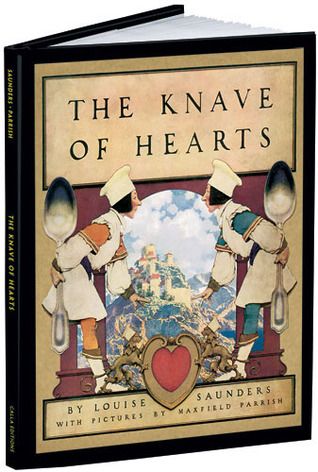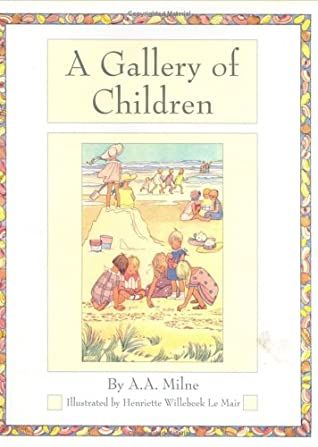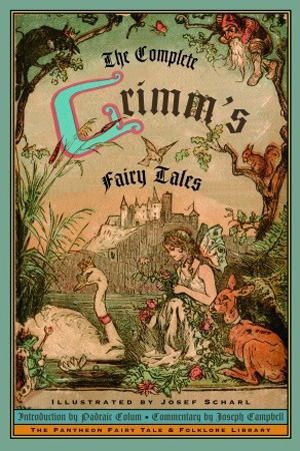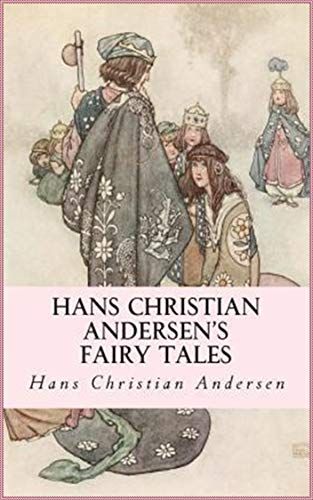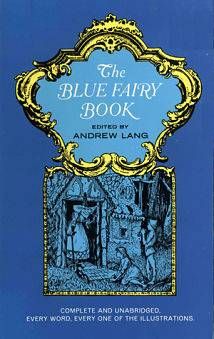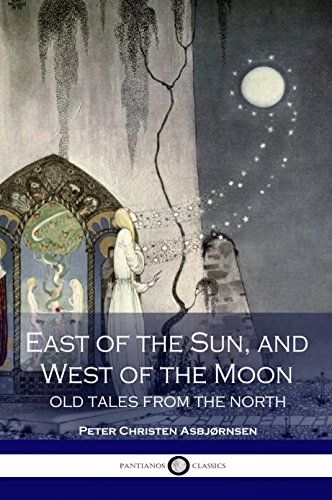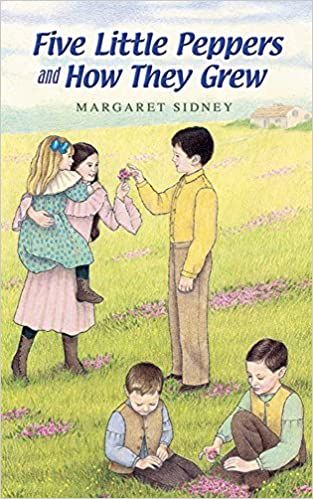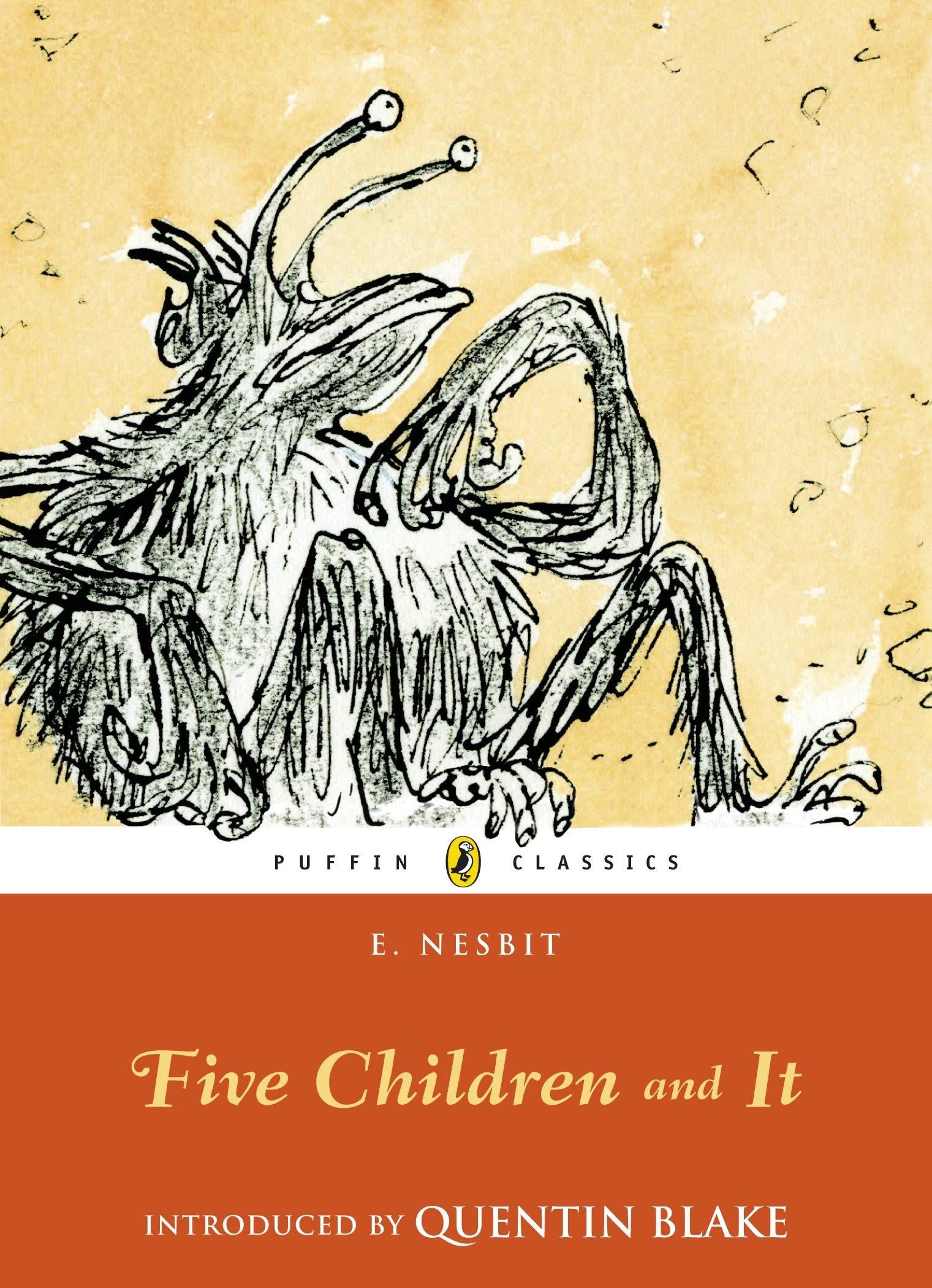What do we mean by public domain children’s books?
The public domain includes creative works that are no longer under copyright or anyone’s intellectual property. Copyright means exactly what is say: the right to copy. For books, this means any publisher can create their own copies of public domain books to sell. That’s why there are hundreds of editions of Shakespeare’s plays and Pride and Prejudice on the shelf in the bookstore. It can also mean way more freedom to create reimaginings and retellings. That’s why you see so many Great Gatsby retellings coming out this year — the book finally entered the public domain in January 2021. A book entering the public domain also means there is more freedom for libraries and school programs to offer them, more ability for artists to base their work on characters and use quotations, and the opportunity for people to read them out loud on YouTube without worrying about breaking the law. It also means you’ll probably be able to find these books to read for free on Project Gutenberg. How does public domain work? Before 1998, most creative works entered the public domain 75 years after they were first published. But a Congressional Act added 20 years to this, making the new rule 95 years after being published. This was lobbied for directly by Disney, to the extent that the law is sometimes mockingly called the Mickey Mouse Protection Act. What’s ironic about this is how Disney has taken advantage of the Public Domain to create so many of their films, from fairytale princess stories to Bambi, Robin Hood, and The Hunchback of Notre Dame. There’s also lots of other stuff in about when the copyright expires on unpublished books or anonymously written books. But for our purposes what’s important is that books enter the public domain 95 years after they were first published.
A Note on Diversity
Diversity in publishing is still a big problem. And clearly it was even worse 95 years ago. This list is all white authors and, while I tried to weed out the obviously harmful books and stories, still know that I probably missed some. And many of these books are likely to have untrue, harmful depictions and stereotypes of gender, race, disability, sexuality, and social class. Personally, I think that’s one of the reasons to support books entering the public domain. It’s one way that writers and filmmakers can take beloved stories and update them to reflect more experiences and current values.
Popular Public Domain Children’s Books
So our public domain children’s books were all published in 1925 or before. That’s the important date to remember. Although, to complicate it again, just because a book enters the public domain doesn’t mean the depictions of characters from future films/television shows/illustrations/sequels do. With those words of warning, here are 20 of the most popular public domain children’s books.
Public Domain Picture Books
Newly Added Public Domain Children’s Books
Public Domain Children’s Fairy Tale Books
Lesser-Known Public Domain Children’s Books
